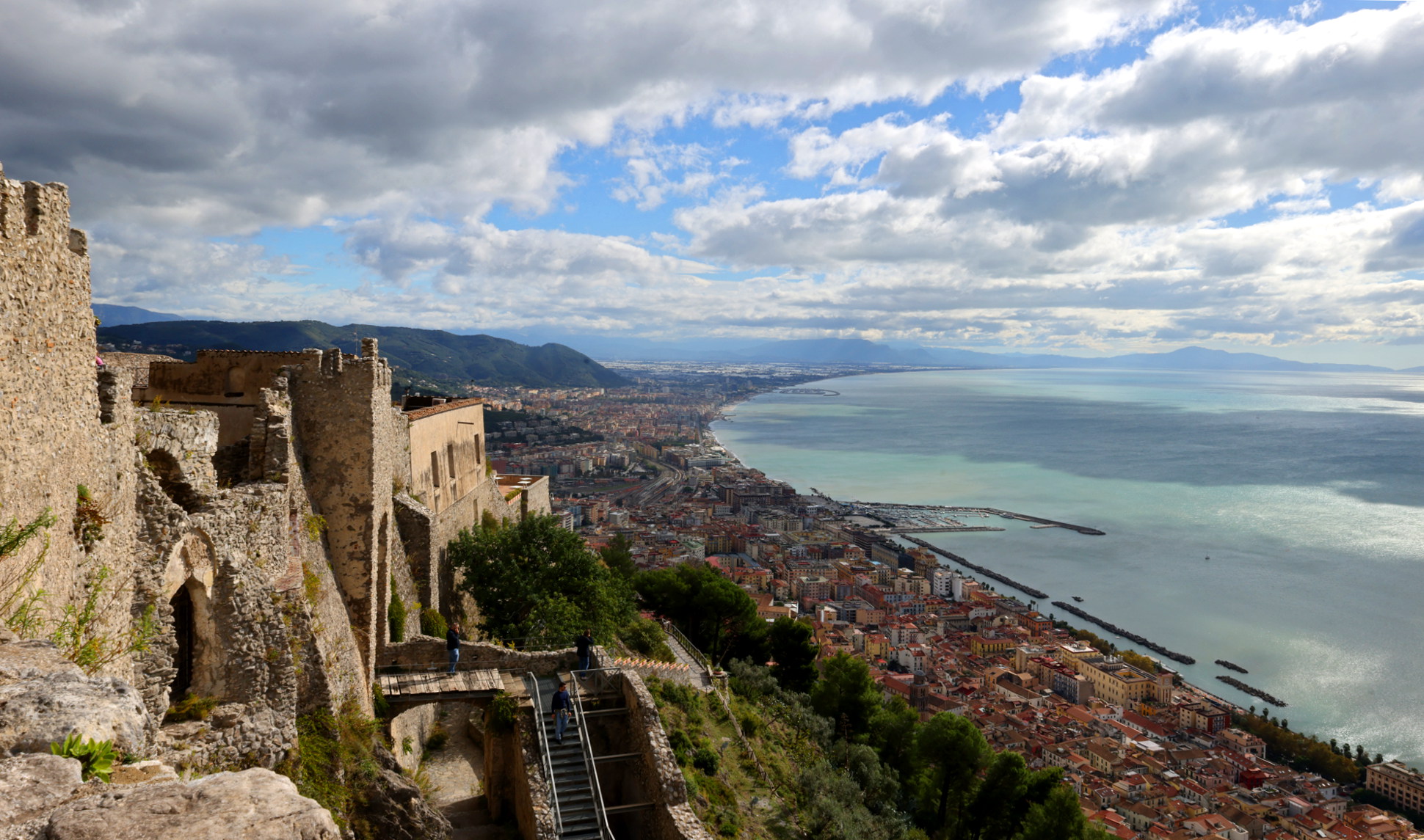Salerno and all its territory had been the theatre of war of the largest air-naval operation in Europe, never forgotten by the United States army which still in 2003 honoured those days by calling “Salerno” one of its main bases in Afghanistan during Operation Enduring Freedom, a base significantly later known as “Rocket City”.
That landing, following the announcement of the armistice, suddenly freed the south of Italy, therefore, at the beginning of 1944, the Badoglio government and the King moved to Salerno, which became the seat of government until July when, after the liberation of Rome, the Government returned to its natural seat.
It was in Salerno that Togliatti made a choice [sturzo.it] which greatly influenced the events that followed. In agreement with the Soviet Union, he decided to postpone the question of the monarchy to the end of the war, considering the victory against the Germans as a priority. It was an extremely unpopular decision in his party, but he managed to compact the front that opposed the Nazi-fascists, a front which also included areas of monarchical inspiration.
The king then yielded to pressure from the allies and on 5th June he appointed his son Umberto lieutenant of the Kingdom. The change brought about the resignation of the Badoglio government, but the newfound unity of the anti-fascist front prevented a new appointment in Badoglio to which Ivanoe Bonomi was preferred. The Bonomi government was made up of important personalities such as De Gasperi, Benedetto Croce, Togliatti Saragat and with that settlement on 22nd June the path that would lead to the Constituent Assembly and the Referendum between the Monarchy and the Republic began.
The lieutenant legislative decree of 25th June 1944, n. 151. sanctioned that “the Italian population” were granted the right to elect “a Constituent Assembly to deliberate the new constitution of the State”, in order to choose “the institutional forms”.
On 8th July there was the last act in Salerno of that government with the formalization in the Official Gazette of a text of law that indicated such a process to be carried out at the end of the war.
On 15th July the Bonomi government meets again for the first time in Rome.
